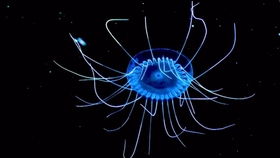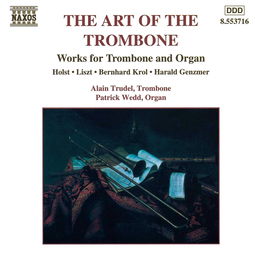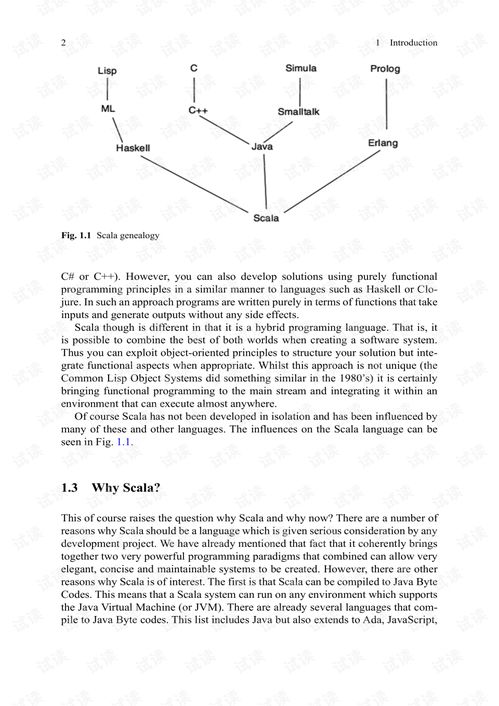Introduction: Fishing, an age-old activity, has captivated anglers worldwide. One of the key elements to a successful fishing trip is selecting the right fishing hooks. The choice of hooks can make or break your chances of catching fish. In this article, we will delve into the art of selecting the best fishing hooks, taking into account various factors such as fish species, bait type, and fishing environment.
Understanding the Types of Fishing Hooks: a. Jig Hooks: Ideal for jigging techniques, these hooks have a wide gap and a straight shank. They are perfect for bottom fishing and targeting fish like bass and walleye. b. Circle Hooks: These hooks have a circular bend at the eye, making them excellent for releasing fish unharmed. They are commonly used for catching fish like trout and salmon. c. Aberdeen Hooks: Known for their sharp points and fine wire, these hooks are ideal for delicate baits and targeting species like perch and panfish. d. Treble Hooks: Consisting of three hooks connected at the shank, these hooks are versatile and provide increased hooking opportunities. They are commonly used for various fishing techniques and species. e. Worm Hooks: Designed specifically for attaching worms, these hooks have a wide gap and a straight shank, allowing the worm to move naturally.

Fish Species and Hook Size: The choice of hook size depends on the fish species you are targeting. Larger fish require larger hooks, while smaller fish can be caught using smaller hooks. Here are some general guidelines: a. Small Fish: Use hooks ranging from size 8 to 14 for species like panfish, trout, and crappie. b. Medium Fish: Opt for hooks ranging from size 4 to 6 for species like bass, catfish, and walleye. c. Large Fish: Go for hooks ranging from size 2 to 1/0 for species like pike, muskellunge, and striped bass.
Bait Type and Hook Shape: The bait type plays a crucial role in determining the shape of the hook. Here are some considerations: a. Live Bait: For live bait, such as worms, leeches, or minnows, use a straight-shank hook to ensure the bait moves naturally. b. Artificial Lures: When using artificial lures like spinnerbaits, crankbaits, or jigs, choose a hook that complements the shape and action of the lure. c. Soft Plastics: For soft plastics like worms, grubs, or swimbaits, use a wide-gap hook to allow the bait to move freely and entice fish.
Hook Material and Strength: The material and strength of the hook are essential factors to consider. Here are some options: a. Stainless Steel: Known for its durability and resistance to rust, stainless steel hooks are suitable for various fishing environments. b. Bronze: Bronze hooks are softer than stainless steel, making them ideal for catching fish that have softer mouths, such as trout and bass. c. Titanium: Titanium hooks are lightweight and offer excellent strength. They are suitable for catching larger fish and in environments with sharp rocks or coral.
Hook Sharpness and Point: The sharpness of the hook is crucial for successful hook-ups. Ensure that the hook point is sharp and free from nicks or burrs. A sharp point allows for easier penetration and reduces the chances of the fish slipping off.
Conclusion: Choosing the best fishing hook is an essential skill for any angler. By considering the fish species, bait type, fishing environment, hook size, shape, material, and sharpness, you can increase your chances of catching fish. Remember to experiment and adapt your hook choice based on your experiences and the specific conditions of your fishing spot. Happy fishing!












